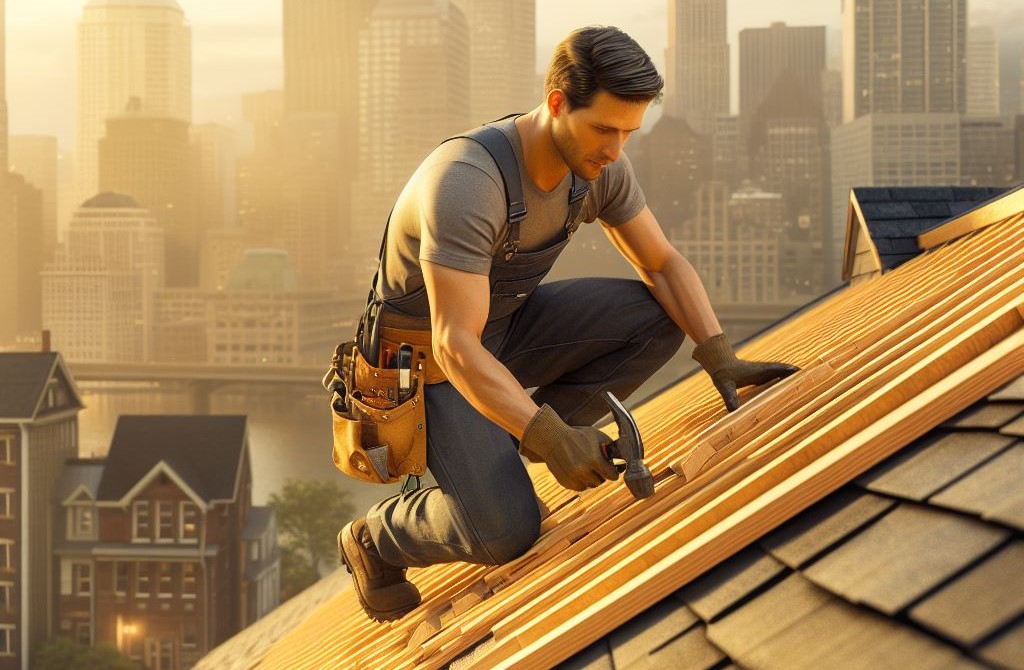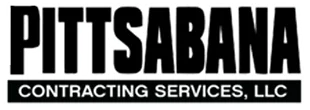When it comes to the structural integrity of your roof, one often-overlooked but essential component is roof sheathing. Roof sheathing plays a crucial role in providing support, stability, and protection to your roofing system. Whether you’re a homeowner in Pittsburgh, Pennsylvania, or a contractor seeking effective roofing solutions, understanding roof sheathing is vital. In this comprehensive guide, we will delve into the world of roof sheathing, covering topics such as its types, suitability for different roofs, purposes, signs of damage, and when it’s necessary to replace it.
What is Roof Sheathing?
Roof sheathing, also known as roof decking or roof sheeting, is the layer of material that covers the structural frame of your roof. It serves as a base to which roofing materials, such as shingles or metal panels, are attached. Roof sheathing is typically made of wood or plywood, but other materials like oriented strand board (OSB) and composite panels are also used.
Types of Roof Sheathing:
- Plywood Sheathing: Plywood is a common choice for roof sheathing due to its strength and durability. It consists of multiple layers of thin wood veneers glued together, creating a sturdy and reliable base for roofing materials.
- OSB Sheathing: Oriented Strand Board (OSB) is an engineered wood product made by compressing and gluing wood strands together. OSB is cost-effective and widely used in roof sheathing, but it may not perform as well as plywood in wet conditions.
- Composite Panels: Composite panels are a blend of wood fibers and synthetic materials. They are designed to resist moisture and provide excellent structural support.
What Roof Sheathing is Best for My Roof?
The choice of roof sheathing material depends on several factors, including your budget, climate, and the type of roofing materials you plan to use. In Pittsburgh, where the weather can be unpredictable, it’s essential to consider the following:
- Climate Resistance: If you experience heavy rainfall or humidity, plywood or composite panels may be better choices as they resist moisture better than OSB.
- Roofing Material Compatibility: Consult with your roofing contractor to ensure the selected sheathing material is compatible with the roofing materials you plan to install.
- Budget: Plywood tends to be more expensive than OSB, so your budget will influence your decision.
Purposes of Roof Sheathing:
Roof sheathing serves several critical purposes:
- Structural Support: It provides a stable surface for attaching roofing materials and distributes the weight evenly across the roof trusses or rafters.
- Protection from Moisture: Sheathing acts as a moisture barrier, preventing water from seeping into the attic or interior of your home.
- Insulation Support: In some cases, insulation is placed between the roof sheathing and the roofing material to improve energy efficiency.
Do I Need to Replace My Roof Sheathing?
While roof sheathing is designed to last for many years, it can deteriorate over time due to various factors, such as moisture, age, or insect infestations. Signs that you may need to replace your roof sheathing include:
- Sagging or Uneven Roof: If your roof appears uneven or sags in certain areas, it may indicate deteriorating sheathing.
- Visible Water Damage: Water stains or mold growth in your attic or on the underside of the roof sheathing are clear signs of moisture-related problems.
- Soft or Weak Spots: If you can press down on your roof sheathing, and it feels soft or weak, it’s a sign of structural decay.
- Visible Holes or Pests: Holes, rot, or signs of pest infestations, such as termite damage, are indicators that sheathing replacement may be necessary.
Conclusion:
Roof sheathing is the unsung hero of your roofing system, providing essential support and protection. Understanding the types of roof sheathing available, their suitability for different roofs, their purposes, and the signs of damage is crucial for maintaining a durable and reliable roof. If you suspect that your roof sheathing may need replacement, it’s advisable to consult with a professional roofing contractor in Pittsburgh, Pennsylvania, like Pittsabana Contracting Services, to assess the condition of your roof and recommend the best course of action. Investing in proper roof sheathing ensures the long-term stability and performance of your roofing system.



